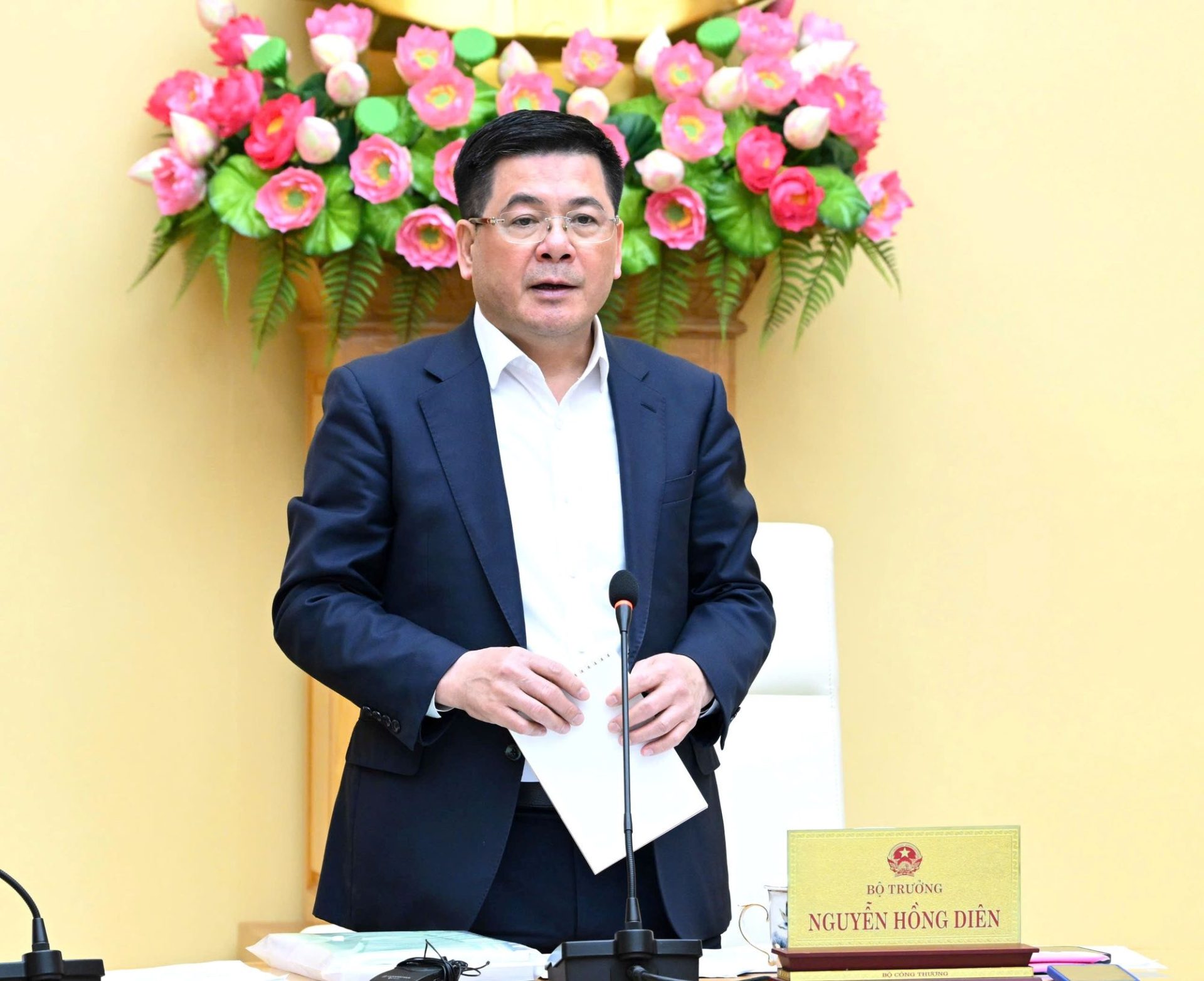HCMC – The Ministry of Industry and Trade (MOIT) has proposed expanding Vietnam’s nuclear energy capacity by building smaller modular reactors in addition to the nation’s first two major nuclear power plants, Ninh Thuan 1 and Ninh Thuan 2.
On February 12, the Government held a consultation meeting to review proposed adjustments to the National Power Development Plan for 2021-2030 (PDP8), with a vision toward 2050. The plan is currently under appraisal council review, with recommendations due by February 28.
At the meeting, Minister of Industry and Trade Nguyen Hong Dien proposed identifying at least three additional sites for nuclear power plants, beyond the two existing projects in Ninh Thuan Province. This is part of the Government’s broader energy strategy to ensure a stable and sustainable power supply, while also integrating renewable sources such as wind and solar and expanding liquefied natural gas (LNG) power.
To support this transition, the Government has revised the Electricity Law to remove barriers to new energy projects, and the MOIT is finalizing legal guidelines, including decrees and circulars, which are expected to be announced soon.
Dien emphasized the importance of selecting appropriate locations for renewable energy projects, while also optimizing hydropower resources. He said that Vietnam’s nuclear energy development will include both centralized nuclear power plants and small modular reactors to diversify the country’s energy supply.
“By 2030, Vietnam should not only focus on Ninh Thuan but also confirm at least three additional locations from the eight potential sites already identified,” Dien said.
Vietnam has identified eight potential nuclear power sites across five central provinces, each capable of supporting 4-6 gigawatts of capacity. The designated sites in Ninh Thuan’s Phuoc Dinh and Vinh Hai remain the primary focus, but additional locations under review include Quang Ngai, Binh Dinh, Phu Yen, and Ha Tinh provinces.
Energy experts have voiced support for the initiative but acknowledge the challenges ahead. Nguyen Anh Tuan, vice president and general secretary of the Vietnam Energy Association, stated that launching new nuclear plants by 2031 requires extensive preparation in technology and workforce development.
Ngo Tuan Kiet, former director of the Institute of Energy Science, called nuclear energy a strategic necessity for Vietnam. He believes that with the right policies and government commitment, the country could complete new nuclear plants within five to six years.
Kiet also highlighted the need for economic development in central Vietnam to reduce the burden on electricity transmission to the north and south. Despite its renewable energy potential, the region remains underutilized. Proper development would optimize local energy resources and mitigate risks to the national power grid.
The revised PDP8 consists of 12 chapters based on scientific and objective analysis, ensuring alignment with Vietnam’s economic, social, and energy policies.
The plan includes scenarios to maintain a sufficient electricity supply at minimal cost while fulfilling Vietnam’s commitment to net-zero emissions by 2050.
Commercial electricity output is projected to reach between 500 and 558 terawatt-hours by 2030 and rise to between 1,238 and 1,375 terawatt-hours by 2050. Peak capacity is expected to be between 90 and 100 gigawatts by 2030, increasing to between 206 and 228 gigawatts by 2050. One terawatt equals 1,000 gigawatts.
Power loss is targeted to be reduced from 6% in 2030 to 5% in 2050. Greenhouse gas emissions are expected to drop from 204-254 million tons in 2030 to 27-31 million tons by 2050.









